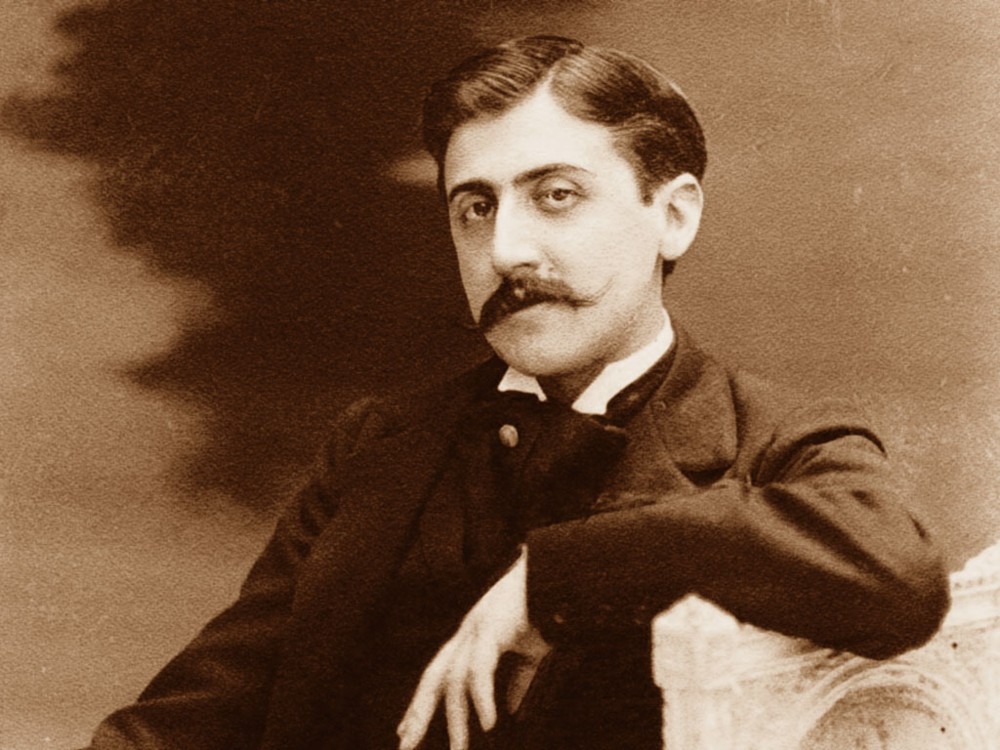

Marker invita a pensar el tiempo fuera del tiempo, el fuera del tiempo dentro del tiempo
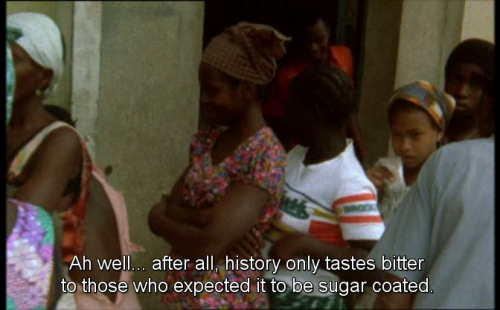


In our moments of megalomaniacal reverie, we tend to see our memory as a kind of history book: we have won and lost battles, discovered empires and abandoned them. At the very least we are the characters of an epic novel (“Quel roman que ma vie!” said Napoleon). A more modest and perhaps more fruitful approach might be to consider the fragments of memory in terms of geography.1 In every life we would find continents, islands, deserts, swamps, overpopulated territories and terrae incognitae. We could draw the map of such a memory and extract images from it with greater ease (and truthfulness) than from tales and legends. That the subject of this memory should be a photographer and a filmmaker does not mean that his memory is essentially more interesting than that of the next man (or the next woman), but only that he has left traces with which one can work, contours to draw up his maps. CM

Imagine hundreds of photographs which for the most part have never been shown (William Klein says that, at the speed of 1/50th of a second per shot, the complete work of the most famous photographer lasts less than three minutes). Imagine “cuts” that a film leaves behind like comets’ tails. From every country visited I’ve brought back postcards, newspaper clippings, catalogues, sometimes posters torn off the walls. My idea was to immerse myself in this maelstrom of images to establish its Geography. CM
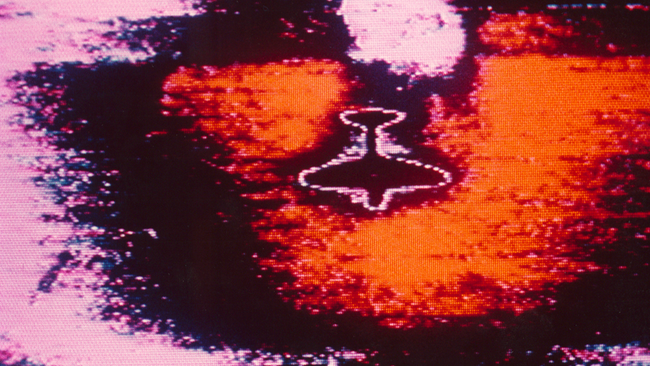
My working hunch was that any memory, once it’s fairly long, is more structured than it seems. That after a certain quantity, photos apparently taken by chance, postcards chosen according to a passing mood, begin to trace an itinerary, to map the imaginary country that stretches out before us. By going through it systematically I was sure to discover that the apparent disorder of my imagery concealed a chart, as in the tales of pirates. And the object of this disc would be to present the “guided tour” of a memory, while at the same time offering the visitor a chance for haphazard navigation. So, Welcome to “Memory, Land of Contrasts” – or rather, as I’ve chosen to call it, Immemory. CM

In other words, when I proposed to transfer the regions of Memory into geographical rather than historical zones, I unwittingly linked up to a conception familiar to certain seventeenth-century minds, and totally foreign to the twentieth-century. CM









Atlas Project, Walida Raad
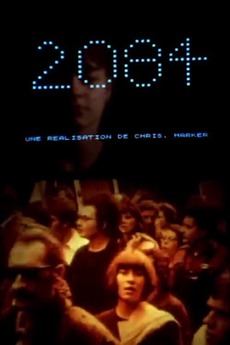


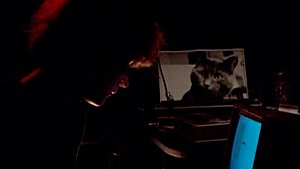



If I begin with an emphasis on design forms it is because, as Jacques Rancière notes, here the surface comes into play as a partition that “mediates” by acting as a material configuration of how the visible meets the thinkable and as a form of dwelling in the material world. In this sense, I am interested in tracing forms of “superficial” envelopment in the visible world that involve the sensible realm of texture and inhabitation. (…)These surfaces include screens because they both partition and connect, mediating in surface tension and textural depth. GB, 13.


But my fondest wish is that there might be enough familiar codes here (the travel picture, the family album, the totem animal) that the reader-visitor could imperceptibly come to replace my images with his, my memories with his, and that my Immemory should serve as a springboard for his own pilgrimage in Time Regained CM



